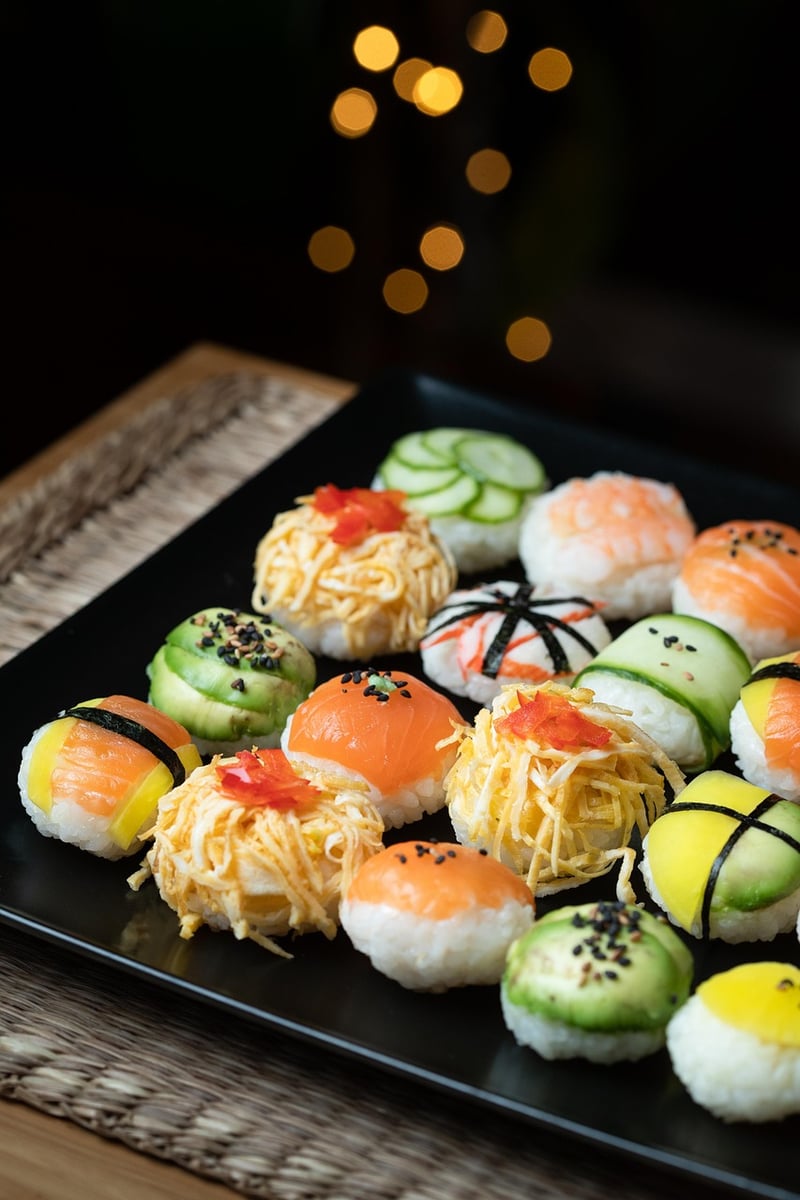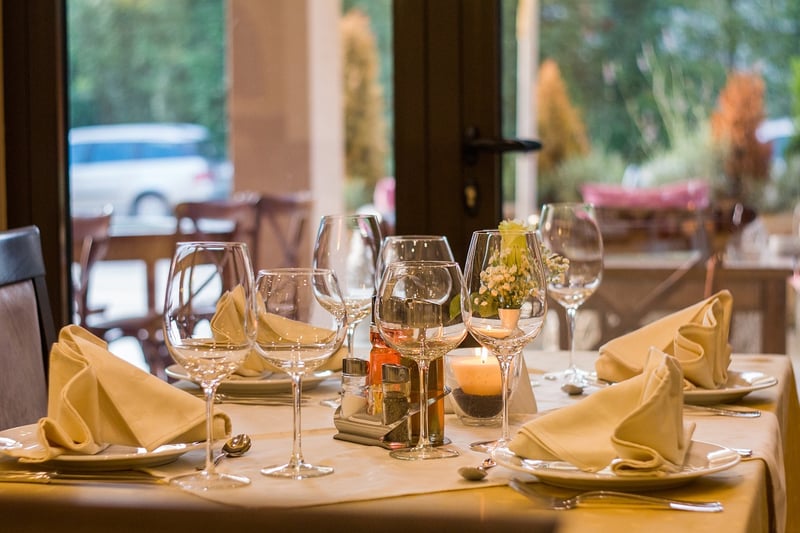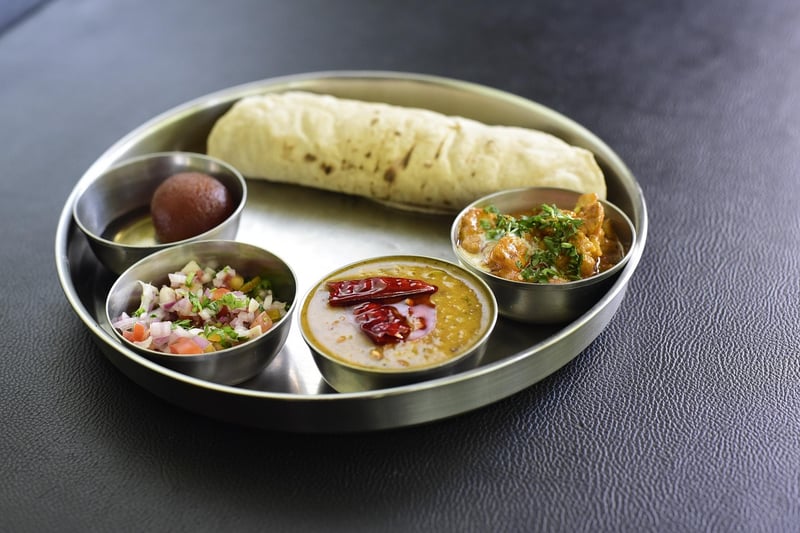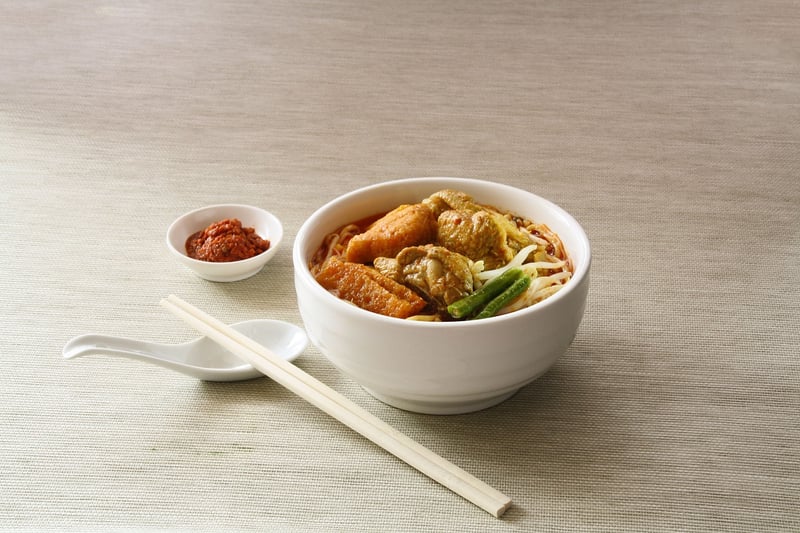Cultural Dining Tips
Polish Your Dining Skills: Cultural Dining Tips
Introduction
Mastering the art of dining etiquette can greatly enhance your dining experience and leave a positive impression on others. Different cultures have unique dining customs and traditions that are valuable to know, whether you're dining at home or abroad. Follow these cultural dining tips to polish your dining skills and navigate various dining situations with ease.
Japanese Dining Etiquette

When dining in Japan, remember to say "itadakimasu" before the meal to express gratitude. It's customary to use chopsticks properly, avoid sticking them upright in rice, and never pass food from chopstick to chopstick.
French Dining Etiquette

In France, keep your hands on the table at all times, wrists resting on the edge. Don't start eating until the host says "bon appétit," and use utensils from the outside in, with your bread placed on the table, not on your plate.
Indian Dining Etiquette

When dining in India, it's common to eat with your hands, using the right hand only. Remember to wash your hands before and after the meal. Finish your meal by accepting a cup of chai as a sign of hospitality.
Chinese Dining Etiquette

When dining in China, it's polite to leave a little food on your plate to show that you are full. Tipping is not customary in Chinese culture, and it's respectful to make a slight noise when drinking tea to show appreciation.
Conclusion
By familiarizing yourself with dining etiquette from various cultures, you can show respect for tradition and make the most of your dining experiences. Remember to observe, learn, and adapt to different customs, and you'll be sure to impress your hosts and dining companions wherever you go.
Polish your dining skills today and enjoy a world of culinary delights!
